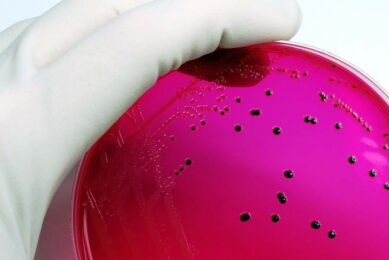Salmonella tests have similar efficacy
A recent study of methods for detecting Salmonella indicated that the Reveal test and the US Food and Drug Administration (FDA) culture method are of similar efficacy.
Salmonella is a leading cause of foodborne illnesses, and Salmonella Enteritidis (SE) is a frequently isolated Salmonella serovar, with egg products often associated with outbreaks.
To prevent SE contamination of eggs, many producers are implementing flock inspections for SE at their facilities. A rapid and simple method for detecting SE in poultry environmental samples is critical for effective control of SE.
In this study, the Reveal test for SE was compared with the conventional FDA culture method for detecting SE in naturally contaminated environmental samples.
One hundred twenty-eight environmental drag swab samples were collected from two previously identified SE-positive chicken flocks in two US states and analysed in parallel using the Reveal test and the FDA culture method.
Twenty-five samples (19.5%) yielded SE when the Reveal test was used, and 23 samples (18.0%) were positive for SE by the FDA culture method. No significant difference in efficacy (P = 0.527) was found between the two methods.
The efficacy of two enrichment media, tetrathionate broth (TT) and Rappaport-Vassiliadis medium (RV), and three selective plating media, brilliant green agar with novobiocin (BGN), xylose lysine tergitol 4 agar (XLT4), and bismuth sulfite agar (BS), also were compared for SE isolation.
Overall, a significantly greater number of positive samples was obtained after enrichment in RV compared with TT. XLT4 and BGN were more efficient than BS for isolating SE.
However, no single method or medium successfully recovered SE from all SE-positive environmental samples.













